Write Us
We are just a call away
[ LET’S TALK AI ]
X
Discover AI-
Powered Solutions
Get ready to explore cutting-edge AI technologies that can transform your workflow!

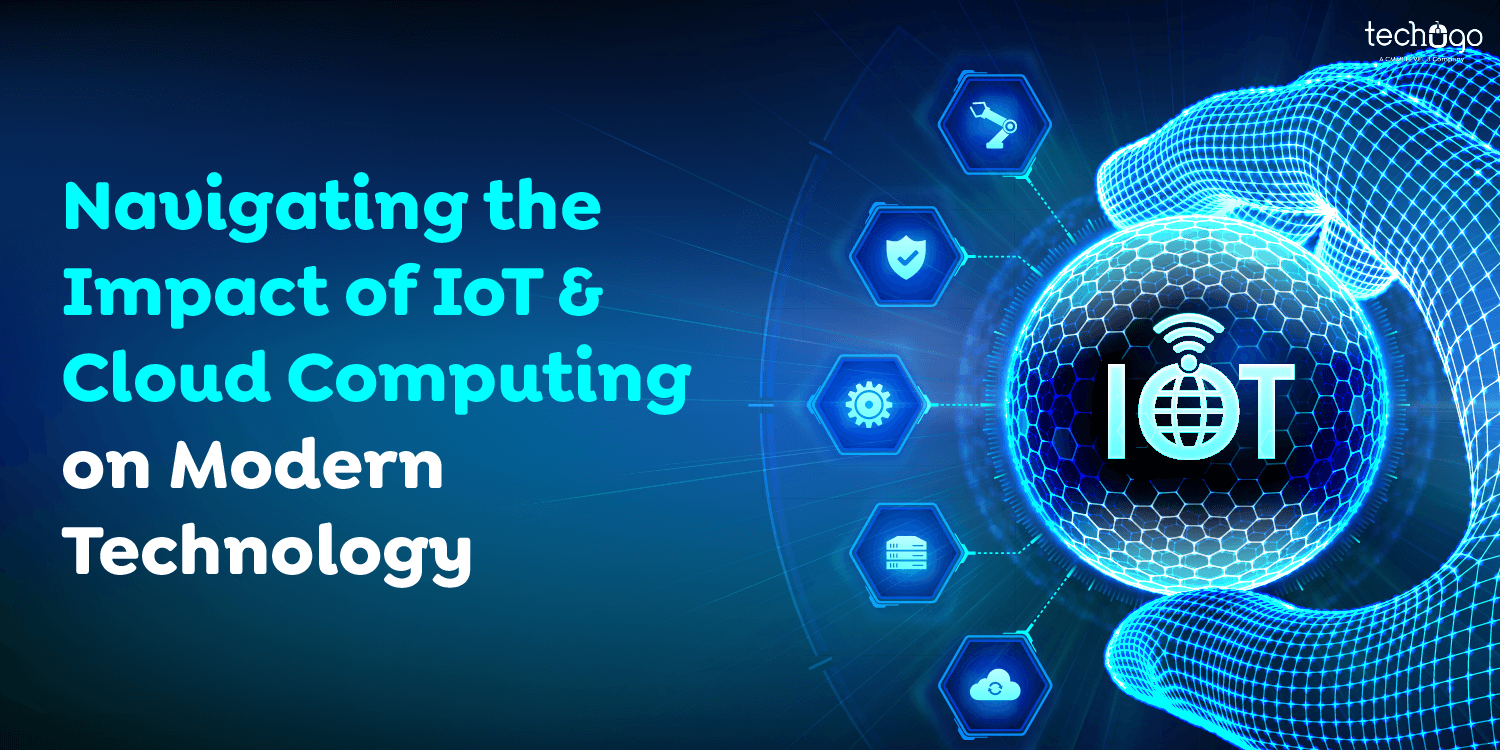
Internet of Things (IoT) refers to everyday objects equipped with sensors, software, and processing power that allow them to connect via the internet with other devices. Since its introduction more than 10 years ago, this field has seen dramatic development; refrigerators, lights, watches, and door locks often contain IoT components to simplify life while making their implementation cost-effective and secure for businesses.
Cloud infrastructure, Artificial Intelligence (AI), and Machine Learning have been major catalysts of the Internet of Things technology’s explosive expansion. Cloud computing app allows businesses to expand IoT without incurring extra charges; clients only pay for what their clients use while being provided with secure systems by enterprises.
Advances in machine learning allow companies to collect more information more rapidly, enabling faster-than-ever customization of consumer products. Additionally, an artificial intelligence app development company offers natural language processing essential to digital assistants like Alexa or Siri, thus creating smart home IoT devices.
Excited to know about some trendy technologies? sure you are!
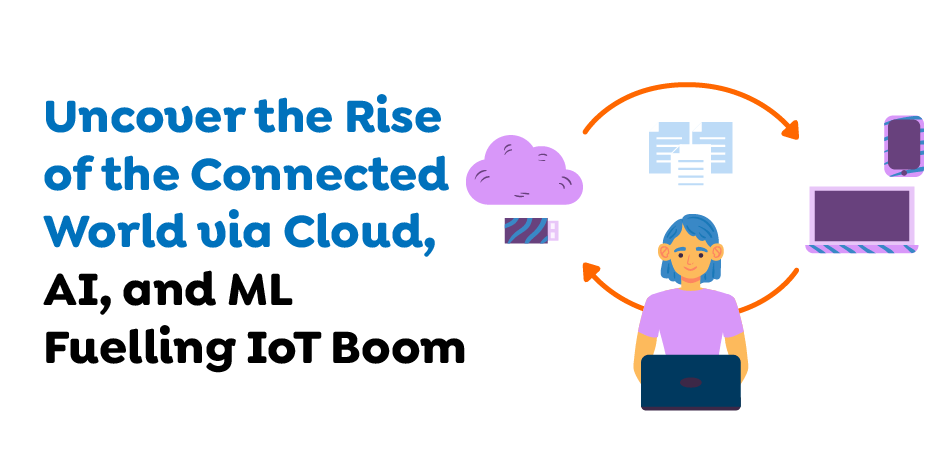
The term Internet of Things is used to refer to a collection that includes physical objects, vehicles, appliances, and vehicles that are equipped with sensors, software, and connectivity to networks. This allows them to share and collect information. IoT gadgets, also known as “smart objects”, can vary from essential “smart home” devices like smart thermostats to items like smartwatches, RFID-enabled clothes, and transport and industrial machines. Researchers are now imagining whole “smart cities” predicated on IoT technology.
IoT lets these devices talk with each other and with other internet-connected devices. Like gateways and smartphones, it creates a massive internet of connected devices that can exchange information and independently complete diverse tasks. The applications for IoT are numerous and varied, and the impact of IoT is already felt in multiple industries like transport, manufacturing, healthcare, and agriculture. The way that people live, work, and communicate with one another.
The Internet of Things has affected no industry. Population expansion and urbanization are driving IoT’s rapid development. However, the IoT applications go beyond smart cities. Manufacturing and healthcare are two areas where technology is making the most significant impact since they are expected to hold most of the worldwide IoT market.
Additionally, the IoT market has experienced rapid growth, which is unsurprising in 2024. By 2030, this market should reach $3.4 trillion. This market’s projected end-of-year total of $662 billion may even surpass expectations! It also has a staggering quantity of devices IoT connects. It bridges the digital and physical worlds with more than 15 billion devices.
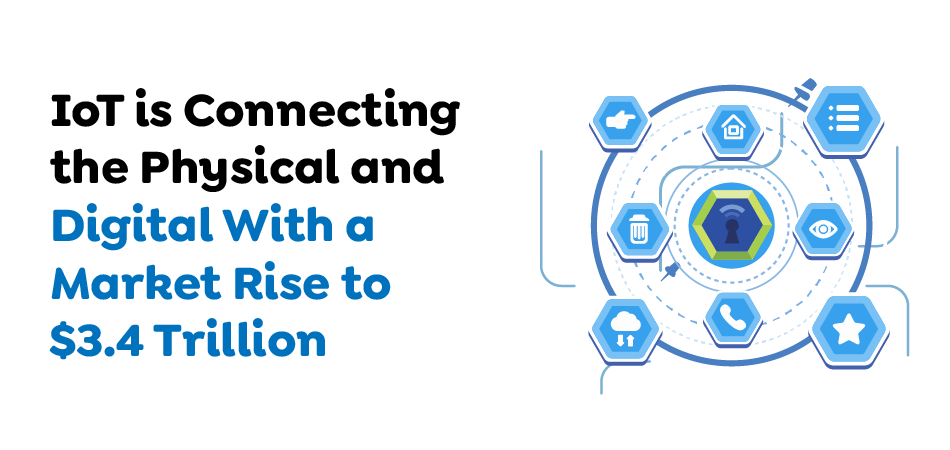
According to a report, the number of devices is expected to grow even higher and reach 30 billion by 2030. Because it influences various industries and their connectivity possibilities, the Internet of Things is cementing its status as an all-encompassing phenomenon.
IoT and cloud computing are closely linked technologies. Cloud-based IoT data management, storage, and cloud computing are crucial in enabling IoT. Cloud computing stores and accesses the vast amount of information generated daily through IoT devices such as smart thermostats, fitness bands, and other devices. It takes advantage of the cloud’s flexibility, scale, and low cost. AI-powered analytics tools that provide valuable information can be obtained from the raw data and all within the cloud.
Cloud computing aids IoT by offering storage and computing capabilities to IoT applications. Companies can store data at remote servers that can be accessed anytime and anywhere. It allows devices to be connected for instantaneous data exchange. Developers can create custom IoT solutions using cloud-based services without programming or hardware knowledge.
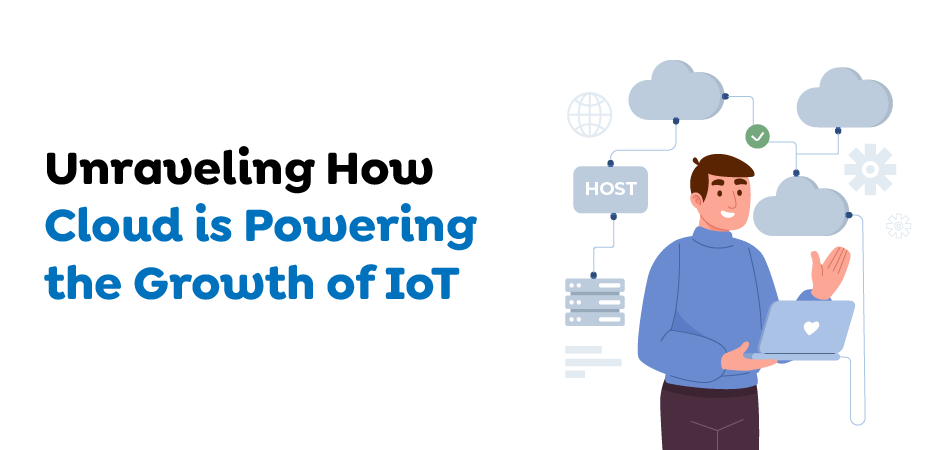
In this section, we will explore the importance of cloud computing for the growth of IoT.
Cloud computing allows the administration and operation of devices and information from remote locations. With the growth of 5G, connectivity will reduce the need for servers on premises. Cloud-based platforms allow scaling up and down as needed. Edge computing also facilitates the transfer of information to the cloud. Edge computing locations are being integrated with cloud-based services to boost the performance of cloud services and decrease costs.
Also Read – Multi Cloud vs Hybrid Cloud: Selecting the Appropriate Cloud Architecture for Your Business
Transferring data generated by smart devices is vital to the development of IoT. IoT Cloud Integrations could be employed to secure and safely transfer information. For example, smartwatches could share information with healthcare professionals, resulting in more effective healthcare solutions.
Cloud-based solutions are typically more secure than systems on-premises. Cloud computing integrates seamlessly using the most reliable security and authorization service providers. It allows for information to be saved on remote servers. Using encryption, companies can protect sensitive information during transport and in the background.
Cloud architecture helps remotely monitor and control IoT devices. Autonomous vehicles can be connected to traffic signals and managed via remote control to reduce traffic jams and enhance road safety.
Cloud computing is a secure business platform, especially when device connectivity is crucial. IoT applications can be deployed across several regions to provide redundancy, and data can be transferred across multiple locations.
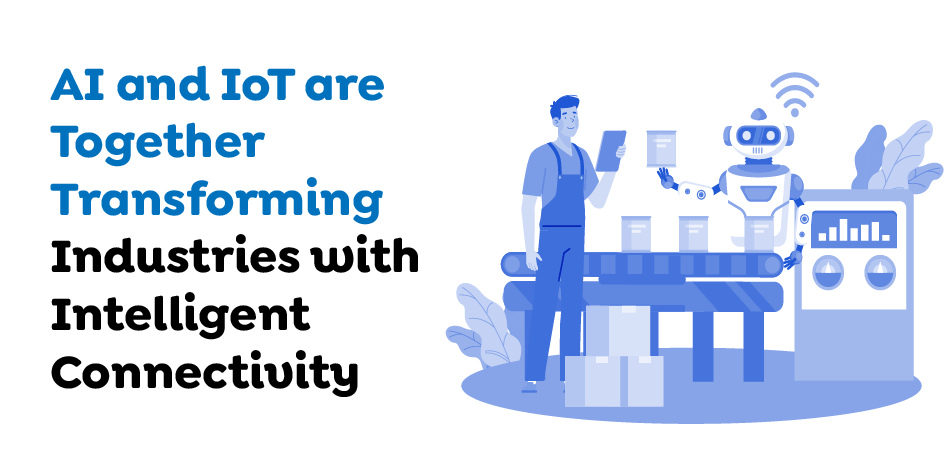
Artificial Intelligence (AI) and IoT technologies have become prominent topics recently. AI refers to machine intelligence’s capacity for understanding information and making decisions based on that understanding. At the same time, IoT connects devices and connects people via cloud technology. In contrast, IoT is the interconnection of gadgets and systems to gather and exchange information. The interplay between AI and IoT can potentially transform many sectors, such as transport, healthcare, and manufacturing.
IoT devices can collect vast quantities of information from machines and other equipment. AI algorithms analyze this information to ascertain when maintenance will become necessary. This could help avoid breakdowns and cut down on repair costs. For example, sensors can check a machine’s manufacturing performance. AI algorithms can predict when components will fail and then schedule maintenance according to the failure.
Another place where AI and IoT meet is in smart homes with home automation. IoT devices like lighting systems, smart thermostats, and security cameras may be operated via AI algorithms that optimize efficiency and increase security. For example, a thermostat equipped with smart sensors can track a user’s daily schedule and alter the temperature accordingly. Security cameras can detect suspicious activities and notify the homeowner. AI and IoT can also improve health. IoT devices like wearables and medical sensors record patient health data.
Ultimately, the interplay between AI and IoT is poised to change how we work and enhance the quality of our lives. By combining AI’s capabilities to process data with the connectivity of IoT devices and intelligent environmental sensors, an artificial intelligence app development company develops more innovative, more efficient systems that will benefit all.
Artificial intelligence app development company creates AI models that think, understand, and make choices using predefined rules or data. Today, its significance stems from its capacity to quickly process massive volumes of information, providing insights and automatizations previously complex or labor-intensive. IoT, however, is all concerned with connectivity. Its value is its capability to produce a constant stream of live data generated by the surrounding environment. This provides an immediate and dynamic comprehension of our surroundings.
If combined, AI and IoT create an intelligent, dynamic network. IoT devices offer a continuous stream of live data. AI uses sophisticated analytics and machine learning to analyze and choose from this information. This changes the healthcare, transportation, and finance industries with the most innovative and advanced solutions, better predictive capabilities, and improved user experience.
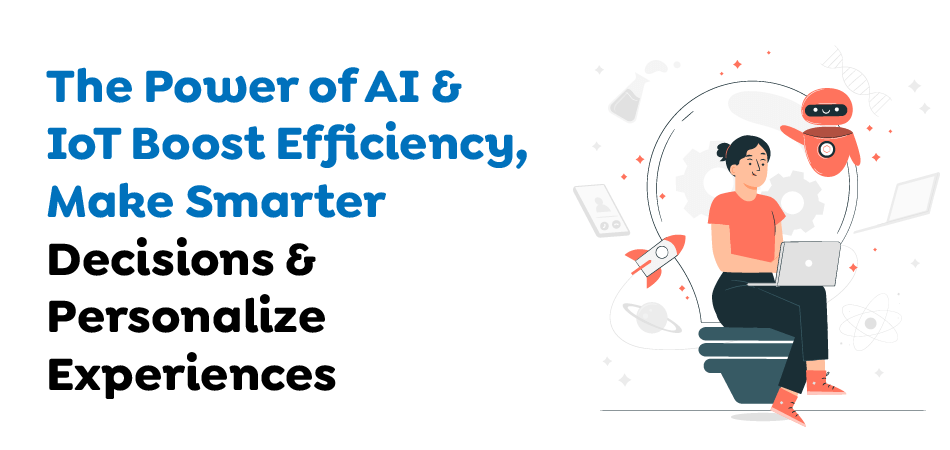
Artificial Intelligence (AI) offers multiple benefits when combined with the Internet of Things (IoT). Here are the most important benefits that an artificial intelligence app development company can offer:
AI-powered IoT devices can automate routine processes and tasks, allowing businesses to function more effectively. For example, smart factories can utilize AI to optimize manufacturing lines, thus reducing production waste and increasing efficiency. Smart homes, too, can use AI to understand their occupants’ behavior. They can then adjust the settings to maximize energy efficiency.
AI can handle vast data gathered from IoT devices, delivering critical insights to aid decisions. For instance, in healthcare, AI can analyze patient data collected from wearable technology to spot potential health concerns before they become dangerous. For agriculture, AI can analyze sensor-generated data and optimize crop yields.
AI will improve security and safety in a range of situations. For instance, in intelligent cities, AI analyzes data collected by cameras and traffic sensors to optimize circulation and decrease incidents. In industrial environments, AI can monitor equipment and identify potential safety concerns before they become dangerous. Similar to the field of cybersecurity, AI will analyze network data and detect potential cybersecurity threats.
AI will provide a highly customized experience for those using IoT devices. In retail, for instance, AI can analyze customer information to offer personalized suggestions and promotions. In healthcare, AI can analyze patient data to create customized treatments.
In the end, the combination of AI and IoT could transform a variety of sectors, increasing productivity, improving decision-making capacity, and improving safety and security. This enables a highly personalized customer experience across all channels.
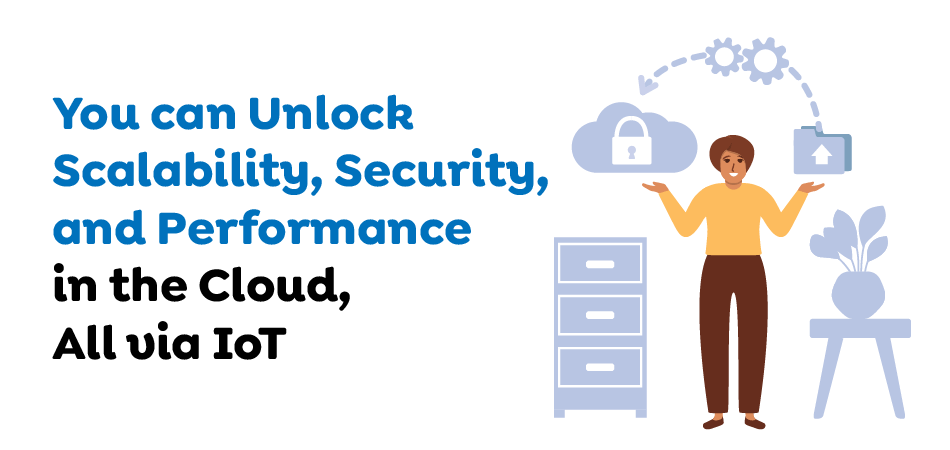
There are several reasons for merging IoT and cloud. Some of them are:
A significant benefit that comes from the combination of IoT with cloud-based technology is scalability and flexibility. Today, businesses generate vast quantities of data via IoT devices. They require an efficient and reliable system that can manage these data efficiently without the risk of causing delays or interruptions.
Businesses can quickly increase their resources upwards or downwards using cloud-based solutions suited to their customers’ requirements. Cloud computing offers greater freedom, with access to information and programs anytime, anywhere. Enterprises can benefit from cloud computing trends under the “as-a-service” model (IaaS, PaaS, SaaS) to gain access to software applications and services. This could be difficult to handle in-house because of the cost or technical constraints.
The combination of IoT and cloud computing could assist businesses in saving costs. Utilizing cloud-based computing solutions, companies can drastically cut the cost of infrastructure while having access to scalable data storage and analytics features. This means less initial investment cost and more excellent performance through automating workflows. As an example, businesses can enhance decision-making through the use of IoT devices to monitor inventory in real time and cut down on waste by using predictive maintenance.
IoT sensors accumulate large amounts of data from various locations. The data is then processed by central cloud platforms for analysis. Companies can monitor various metrics, including energy consumption and the efficiency of temperature control systems. There is no need for installing local hardware, which can result in money savings.
Combining IoT with cloud-based technologies could improve data security, which is essential in the digital world. Businesses must safeguard their important sensitive data from access by unauthorized people or attempted hacking. Secure encryption protocols will protect sensitive data transmitted between devices via the internet. In addition, using rules for access control based on roles and multi-factor authentication methods will reduce the risk of the misuse of privileges or insider threats.
Combining IoT and cloud computing could significantly improve business performance and reliability. The combination facilitates more rapid access to real-time information that is quickly processed, resulting in actionable information to make better decisions.
The logistics industry can utilize IoT sensors to track items in transit. IoT sensors require fast and reliable connections to send precise data without interruption. Cloud computing offers scalable storage capacity and fast access to the data, allowing data to be accessible when required.
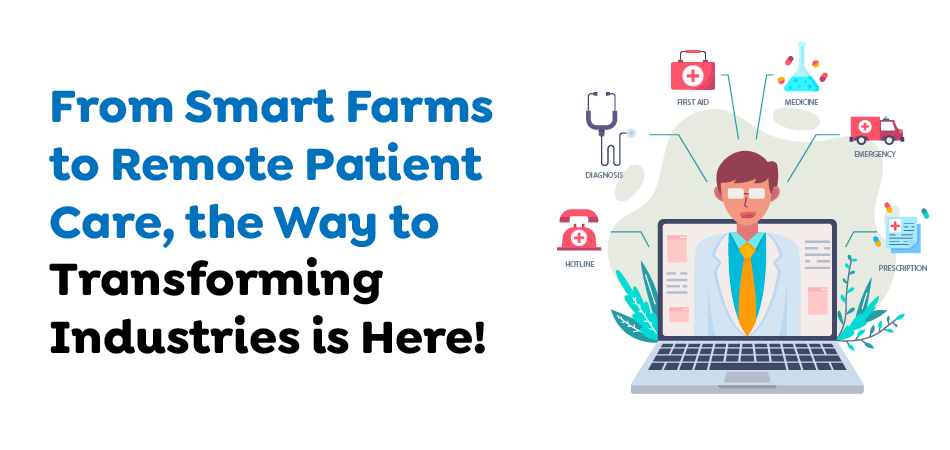
Now, let’s discuss the most effective IOT applications. We’ve picked the top one based on our experience working on Internet of Things projects.
IoT for process automation is now being used in 33% of businesses. Process automation refers to operational procedures that were either entirely manual in the past or depended on outdated industrial automation setups. But have now been upgraded with state-of-the-art hardware and software solutions.
Companies using this method typically do so to increase flexibility within their operations so that specific processes may be altered later if required. This is crucial because businesses are becoming increasingly concerned about aligning their operations and manufacturing processes with their customers’ ever-changing requirements.
With just a few vehicles within a narrow geographic zone, businesses must precisely understand their location and what they’re using them for to maximize routes and reduce fuel. Local house cleaning companies might need to know which van is nearest to the job site to coordinate new demands.
For example, a courier based in the United States could need to plan an appointment nearby for a truck that has just generated a fault code. GPS trackers, many of which are connected to vehicles’ OBD II ports, can provide fleet managers with real-time insight into the location of their equipment, the speed of their cars, fuel usage, and much more.
“Read/Write remote asset monitoring and control” expands from “Read-only remote asset monitoring.” In addition to “reading” the assets data using this configuration, one can also send back messages to influence asset management at a distance. Like the asset monitoring read-only use scenario, the COVID-19 virus made this case more urgent. Engineers, service teams, and other personnel had to figure out how to get to an asset that required their attention even though they were in a different place.
This scenario is a high cost for maintenance and installation because managing an asset over and above monitoring increases the difficulty and risk to security. It has also been established that these systems yield results in a shorter period. Of the people IoT analytics interviewed, 51 percent said their amortization was less than 24 months.
Each year, downtime that is not planned costs manufacturers billions worldwide. Breaking equipment could cause the company to stop operations for some time or days until they can get the required parts or services. In the event of a failure, it can cause injuries or even death, which can lead to lawsuits and substantial penalties.
Predictive maintenance systems rely on the Internet of Things and machine learning to determine when a machine will most likely malfunction. Companies can schedule maintenance and place orders for parts ahead of problems. Sensors utilize the history of maintenance for the asset to link these changes with past failure patterns.
The agricultural industry is known for its tiny margins. However, with the help of advanced technology in agriculture powered by IoT, farmers worldwide have discovered opportunities to improve crop yields, oversee livestock, decrease the amount of waste produced, and increase efficiency. In some instances, IoT improves operations by automating manual tasks, such as milking cows and irrigation. It also gives farmers the necessary information to maximize their resources and equipment.
Medical equipment continually collects information that providers, healthcare professionals, and tenants depend on for medical healthcare decisions on the device and the patient’s health; situations may change rapidly. Rapid response could be an essential difference in the outcome of life or the end of life. Medical IoT allows providers to track patients remotely, get alerts whenever conditions are dangerous, and gather and analyze data faster.
Before, utilities needed to personally visit every client and inspect each meter for consumption data to understand and accurately bill their customers. Nowadays, providers utilize smart metering to connect physical meters to the Internet, enabling the remote collection of real-time utility information. This allows them to allocate infrastructure, streamline billing, and provide their customers with better usage knowledge.
In the past few years, the public and businesses have witnessed a huge increase in interest in smart security cameras. Security cameras from retailers are frequently shared on social media. Remote surveillance of video is enabled via IoT. If the cameras are active or motion-activated connected, they can notify a customer via text message or email.
Monitoring product conditions is essential for the food, pharmaceutical, or beverage industries. It is a means to combat worldwide food scarcity. Temperature sensor data is among the key value sensors for this scenario. It ensures the product is safe by strictly monitoring all supply chain stages, including storage. Tracking solutions for condition monitoring were utilized for 29% of interviewees in their supply chain digital projects.
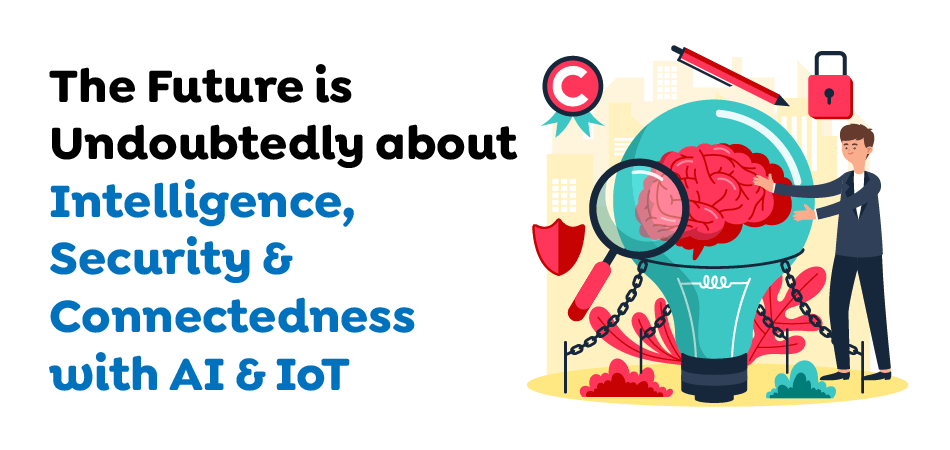
Several future trends highlight the significance of AI and cloud technology in the evolving IoT. And, an advanced artificial intelligence app development company is embracing these trends to the fullest:
Edge computing is an innovative technology that processes and analyzes information close to the time of its development instead of sending all the data to one central point. This can benefit IoT devices by reducing time and bandwidth consumption and helping make more accurate real-time decisions. In particular, edge computing can help intelligent cities study traffic flow patterns and avoid congestion with real-time data collected from sensors throughout the city.
Edge computing is also a security enhancement because it protects sensitive information from central servers that hackers can target. It also helps reduce the size of cloud storage by sending only important data parts to servers located far away.
AI analyzes data, anticipates outcomes, and makes decisions, which makes it crucial to improve IoT devices. ML will detect patterns within massive amounts of data gathered from sensors and IoT devices.
A leading mobile app development company In UK has been adopting hybrid cloud technology, which combines both private and public cloud solutions. In this way, companies can manage the demands to process data and the security of data storage for sensitive information. Major companies like Amazon Web Services (AWS), Microsoft Azure, and Google Cloud Platform offer hybrid cloud services that make creating and managing the integration of multiple cloud services simpler.
Businesses should be mindful of possible threats originating from IoT devices. Enterprises should implement strict security measures on cloud platforms. This includes complete encryption between connected devices, secured APIs, and a reliable platform for developing apps. Regular testing can assist in finding vulnerabilities before hackers can exploit them.
As 5G is introduced into networks, extremely low latency and quicker data transfers are possible. 5G is expected to enhance the capability of IoT devices further and enable instantaneous data analysis and decisions. This capability is significant for autonomous vehicles or remote surgery apps. Furthermore, combining IoT with 5G will transform any mobile phone into a phone for business and enhance business intelligence.
As AIoT becomes more prevalent, it will bring more attention to ethical issues, data privacy, and standards for regulatory compliance. Ensuring fairness, transparency, and consent from users will become crucial.
As these predictions and trends emerge, businesses will need reliable partners who can deal with the complexity of AIoT and maximize its potential. Using the appropriate skills and strategies is crucial in the current dynamic environment.
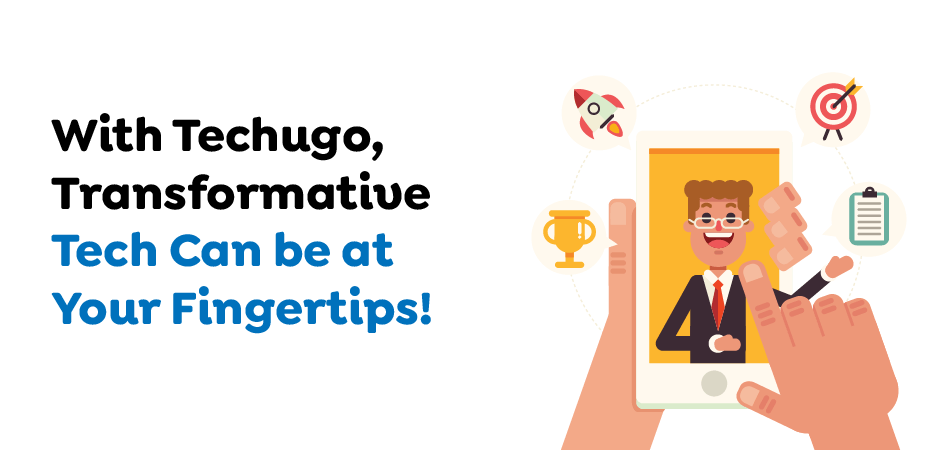
The Internet of Things is a rapidly growing technology field with massive potential for businesses that use it. The last few years have seen Cloud computing develop into a significant factor that has brought the world of IoT, Big Data, and mobile computing into a single and omnipresent computing platform. Cloud computing platforms’ ability to provide instant computing capabilities and manage the enormous quantity of data generated by sensors and devices can boost AI technology that was never thought of previously.
Mixing Cloud, IoT, and AI can bring incredible technological advancements and advantages by practically implementing interoperable, secure cloud and IoT solutions that provide robust AI applications. Help to facilitate and increase the acceptance of combined cloud/IoT systems and the creation, operation, and distribution of AI services shortly. Now that you are completely aware of everything about the evolution of AI and ML, not knowing about an artificial intelligence app development company that is leading in this field would wash all the knowledge in vain!
Techugo, a mobile app development company, is the right partner for bringing the incredible technological advancements and advantages of mixing Cloud, IoT, and AI to reality. Their expertise in developing interoperable, secure cloud and IoT solutions, as well as robust AI applications, can help facilitate and increase the acceptance of combined cloud/IoT systems. Techugo can also assist in the creation, operation, and distribution of AI services. So why wait anymore? Get in touch with them to explore the magic of these transformative technologies.
Write Us
sales@techugo.comOr fill this form